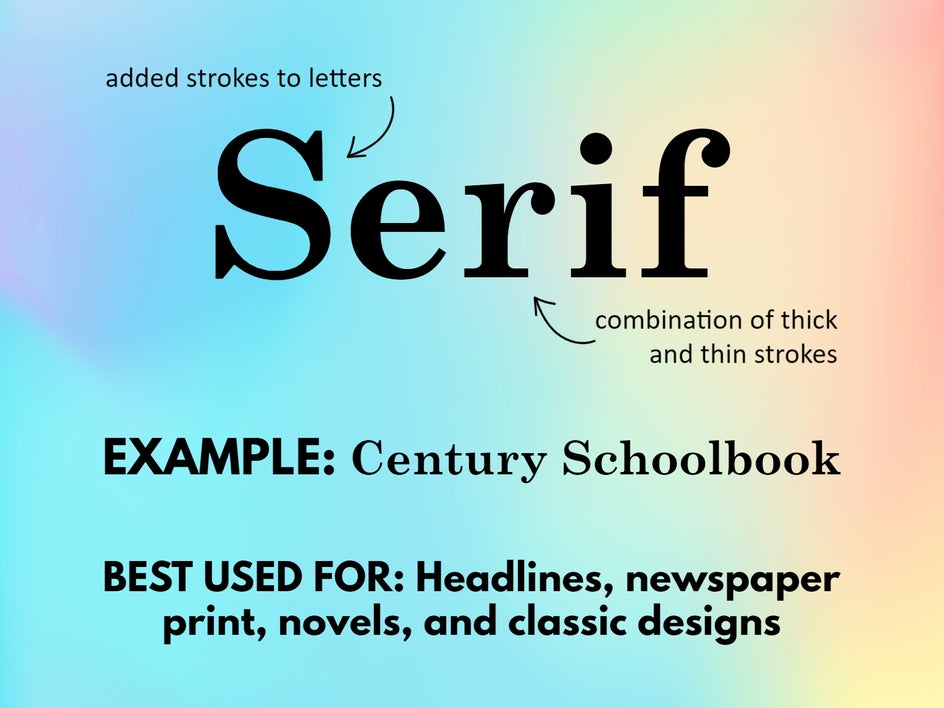In the world of design, where visual communication reigns supreme, the pairing of typography with imagery is an art form that can make or break a project. Whether you’re crafting a website, poster, magazine spread, or any other visual endeavor, striking the right balance between text and images is essential for creating a captivating and effective design.

The Marriage of Words and Pictures
In design, words and images are like dance partners. They can move gracefully together or step on each other’s toes. Finding that harmonious balance requires careful consideration of several key elements:
1. Establishing Hierarchy: One of the primary functions of typography is guiding the viewer’s eye. It helps establish a hierarchy of information. Your choice of fonts, sizes, and styles should reflect the importance of the text. Headlines should grab attention, while body text provides context and details.
2. Mood and Message: Typography and imagery must work together to convey the mood and message of your design. For instance, a playful font paired with whimsical images can create a lighthearted atmosphere, while a more formal font with sophisticated imagery might convey elegance and seriousness.
3. Contrast for Impact: Contrast is your ally. If your imagery is visually busy, opt for clean and simple typography to avoid overwhelming the viewer. Conversely, if your visuals are minimalistic, consider more elaborate fonts or text effects to add interest.
4. Consistency is Key: Consistency in typography choices is crucial. Use a limited set of fonts and maintain consistent styling throughout your design. This helps create a cohesive look and prevents confusion.

The Art of Placement
Typography isn’t just about choosing the right fonts; it’s also about where and how you place your text within the visual composition.
1. Alignment and Proximity: Ensure your text aligns neatly with your imagery and avoid awkward overlaps with essential visual elements. The proximity of text to images can create a sense of connection or separation.
2. Embrace Whitespace: Whitespace is your friend. Providing ample space around text elements and between lines enhances readability and gives your design an uncluttered, sophisticated appearance.
3. Prioritize Legibility: No matter how artistic your design, legibility is non-negotiable. Test your design with different font sizes to ensure it remains readable from various distances.
Color Harmony
Typography isn’t just about black and white; color can play a pivotal role in your design.
1. Complementary Colors: If you’re using colored text, consider how it complements the colors in your imagery. A well-planned color scheme can enhance the overall visual appeal and reinforce your design’s message.
2. Play with Creativity: In some cases, typography itself can become a visual element. Experiment with creative typography that interacts with or becomes part of your imagery, adding depth and intrigue.
Test, Iterate, and Seek Feedback
Remember that the balance between typography and imagery is dynamic and should serve your project’s goals and target audience. Don’t hesitate to experiment, gather feedback, and make necessary adjustments.
In conclusion, the art of pairing typography with imagery is a delicate dance that requires practice, creativity, and a keen eye for detail. When executed masterfully, this balance can elevate your design from ordinary to extraordinary, ensuring your message is not just seen but also felt by your audience. So, go ahead, explore the possibilities, and create designs that leave a lasting impression.